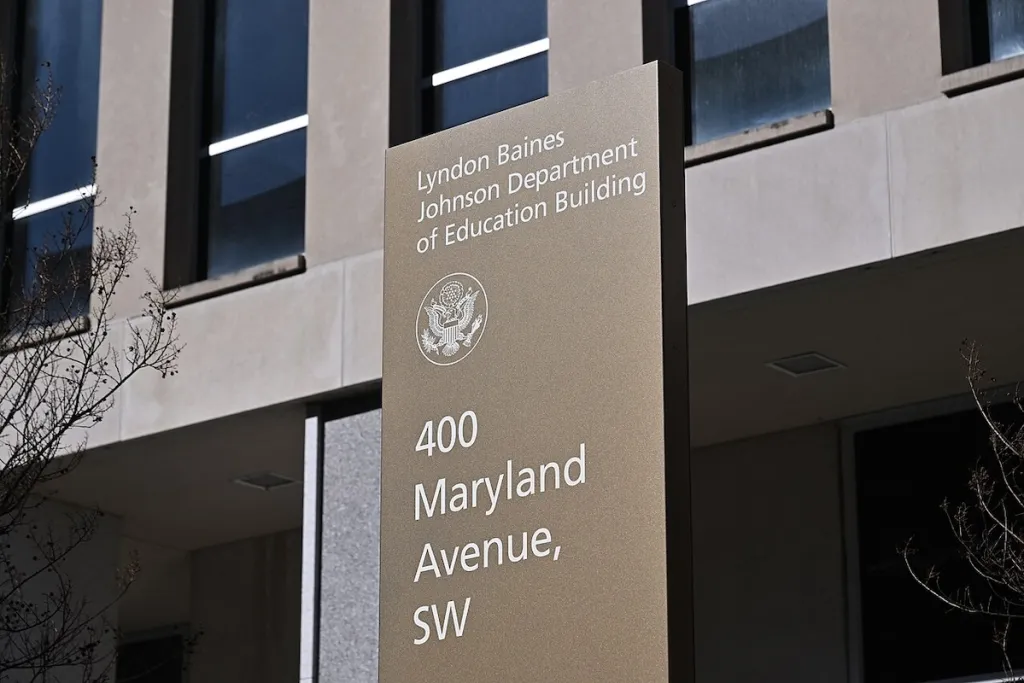President Donald Trump signed an executive order on March 20, initiating the process of dismantling the U.S. Department of Education, a move that raises questions about the future of federal student loans, K-12 funding and crucial civil rights protections for students.
The order aims to reduce federal oversight in education by returning the department’s main functions back to the States and local authorities.
Trump calls for a shift in responsibility from the DOE to state governments, stating that closing the department could provide a more tailored and effective education for children.
An argument put forward by Trump’s administration stated that federal control of education has led to inefficiencies and failed outcomes, citing poor test scores in reading and math as evidence.
The executive order also states that federal education programs— which are funded by taxpayers to the extent of $200 billion during the COVID-19 pandemic —have entrenched an “unaccountable bureaucracy.”
Since the Department of Education oversees federal student loans, including the Free Application for Federal Student Aid, critics argue that dismantling the agency without a clear transition plan could cause confusion and delays for borrowers.
One of the primary concerns raised by experts is the potential disruption to federal student loan programs, which currently manages more than 40 million Americans.
Though the White House said that the department will continue managing student loans, the order explained that it is not equipped to handle the $1.6 trillion in loan debt and that it “must return bank functions to an entity equipped to serve America’s students.”
The goal, as outlined by Trump, is to return control to the communities most directly affected by educational decisions.
This has sent shockwaves throughout the education community — educators, politicians and students expressed concern over the potential consequences.
The move has sparked immediate backlash from teachers unions, including the American Federation of Teachers and Democratic politicians, who have voiced their opposition.
AFT President Randi Weingarten condemned the order, calling it a misguided attempt to undermine public education.
Senior U.S. Senator Elizabeth Warren warned that the decision would disproportionately affect working families and students who rely on federal support, such as Pell Grants and student loans.
Peter Granville, a higher education finance expert, expressed concerns over the lack of a comprehensive strategy to The Fiscal Times.
He noted that transferring the student loan portfolio to a different department could result in “chaos and frustration for millions of people who rely on the student loan program.”
Despite the executive order, the full dismantling of the Department of Education is not guaranteed.
Experts note that such a move would require congressional approval — a process that could face significant hurdles in the current political climate.
Additionally, closing the department would likely not lead to an immediate change in how schools and colleges function.
Historically, the department has received bipartisan support due to its essential role in administering educational funding, including Title I funding for low income students and Pell Grants.
As the debate continues to unfold, the future of American education remains at a crossroads.
While the White House maintains that its reforms will empower local communities, the long term impact of this executive action on educational outcomes remains to be seen.








